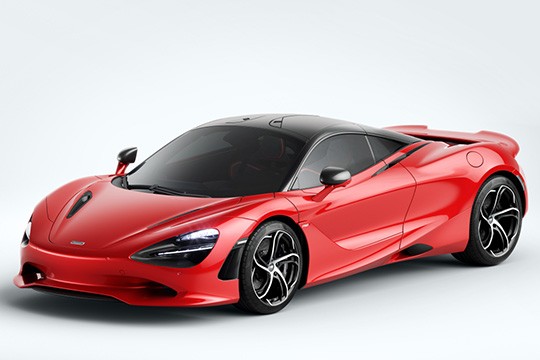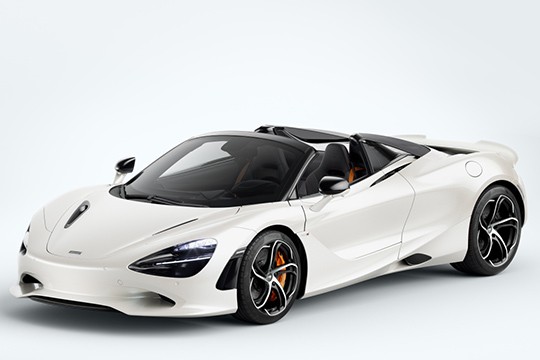MCLAREN 750S Models/Series Timeline, Specifications & Photos
First production year: 2023
Engines: Gasoline
Body style: Coupé (two-door)
After five years on the market, the 720S was replaced by the 750S in 2023, and while at first sight, they looked the same, the newer version boasted a 30% transformation in its parts compared with its predecessor.
The British automaker was well-known for its high-performance products. In addition, its name was highly respected on the Formula 1 grid. Thus, it had all the attributes to start making a new vehicle able to compete against any other Italian or American supercars. With the 750S, it also created its most powerful vehicle made to that date.
McLaren kept the overall shape of the 720S when it made the 750S but with a few noticeable differences. Thus, the front fascia sported narrower eye-socket intakes and a longer splitter adorned by side scoops. These were fully functional and channeled air onto the front rotors to cool the brakes. On the sides, the coupe kept a clean line for the bodywork, with waved shapes and an exhaust vent behind the front fenders. The car's curved greenhouse was pushed forward, and its sloped-down rear side featured a windscreen narrowed on the lower side and a set of vents needed to cool the engine. Finally, at the back, an active carbon-fiber wing added not just a touch of sportiness but also enhanced the downforce.
Inside, the automaker installed all the features needed by a modern supercar, such as the TFT display inside the instrument cluster and a driver-oriented, portrait-mode touchscreen incorporated into the center stack. The carbon-fiber sports seats and the center console created a racy interior and could've been fitted with Alcantara and leather.
Behind the cabin, McLaren installed a twin-turbo V8 mill that sent the power to the rear wheels via an automatic transmission.
McLaren didn't want to make its customers wait for the open-top version of the 750S, so at the same time, with the Coupe, it unveiled the Spider version as well.
While it didn't start from scratch with the 750S Spider since it was based on the 720S model, the British automaker still had to change or adapt more than 30% of the car's parts. Nevertheless, the V8 powerplant placed behind the cabin was one of the most significant upgrades for the vehicle. Yet, there were also additional changes to the car's exterior and interior look.
Sporting a similar front fascia as its predecessor, the 750S Spider featured a narrow bumper continued on the lower side by a slim and long splitter. On the sides, there were a pair of scoops needed to cool the brakes. In addition, the triangular-shaped headlights adorned the front end of the vehicle. Behind the front fenders, the automaker installed a pair of vents to further enhance the car's look. The removable panel above the cabin's occupants could've been stored in the frunk. Finally, at the back, the 750S Spider featured two safety arches neatly concealed into two humps behind the occupants.
Inside, the automaker installed all the features needed by a modern supercar, such as the TFT display inside the instrument cluster and a driver-oriented, portrait-mode touchscreen incorporated into the center stack. The carbon-fiber sports seats and the center console created a racy interior and could've been fitted with Alcantara and leather.
Behind the cabin, McLaren installed a twin-turbo V8 mill that sent the power to the rear wheels via an automatic transmission.

